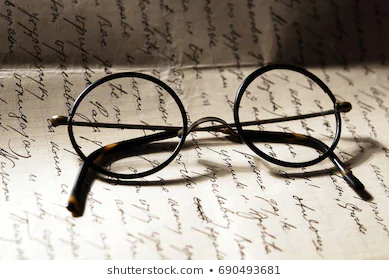Het arrangement Citing sources is gemaakt met Wikiwijs van Kennisnet. Wikiwijs is hét onderwijsplatform waar je leermiddelen zoekt, maakt en deelt.
- Auteur
- Laatst gewijzigd
- 19-10-2020 10:43:05
- Licentie
-
Dit lesmateriaal is gepubliceerd onder de Creative Commons Naamsvermelding 4.0 Internationale licentie. Dit houdt in dat je onder de voorwaarde van naamsvermelding vrij bent om:
- het werk te delen - te kopiëren, te verspreiden en door te geven via elk medium of bestandsformaat
- het werk te bewerken - te remixen, te veranderen en afgeleide werken te maken
- voor alle doeleinden, inclusief commerciële doeleinden.
Meer informatie over de CC Naamsvermelding 4.0 Internationale licentie.
A Dutch translation of this course is available.
Aanvullende informatie over dit lesmateriaal
Van dit lesmateriaal is de volgende aanvullende informatie beschikbaar:
- Eindgebruiker
- leerling/student
- Moeilijkheidsgraad
- gemiddeld
- Studiebelasting
- 2 uur 0 minuten
Bronnen
| Bron | Type |
|---|---|
|
https://youtu.be/pRxOQd7eQdc https://youtu.be/pRxOQd7eQdc |
Video |
|
https://youtu.be/syYWTx7b9IE https://youtu.be/syYWTx7b9IE |
Video |
|
https://youtu.be/am-7iar5uHc https://youtu.be/am-7iar5uHc |
Video |
|
https://youtu.be/HQyDoBPVyzc https://youtu.be/HQyDoBPVyzc |
Video |
|
https://www.youtube.com/watch?v=ALhp6vCauVo https://www.youtube.com/watch?v=ALhp6vCauVo |
Video |
Gebruikte Wikiwijs Arrangementen
Team Informatievaardigheid, Bibliotheek UvA. (z.d.).
Bronvermelding
Team Informatievaardigheid, Bibliotheek UvA. (2020).
Citing sources A: Sources in the academic process
https://maken.wikiwijs.nl/157529/Citing_sources_A__Sources_in_the_academic_process
Team Informatievaardigheid, Bibliotheek UvA. (2020).
Citing sources B: Citing in academic practice
https://maken.wikiwijs.nl/157727/Citing_sources_B__Citing_in_academic_practice



